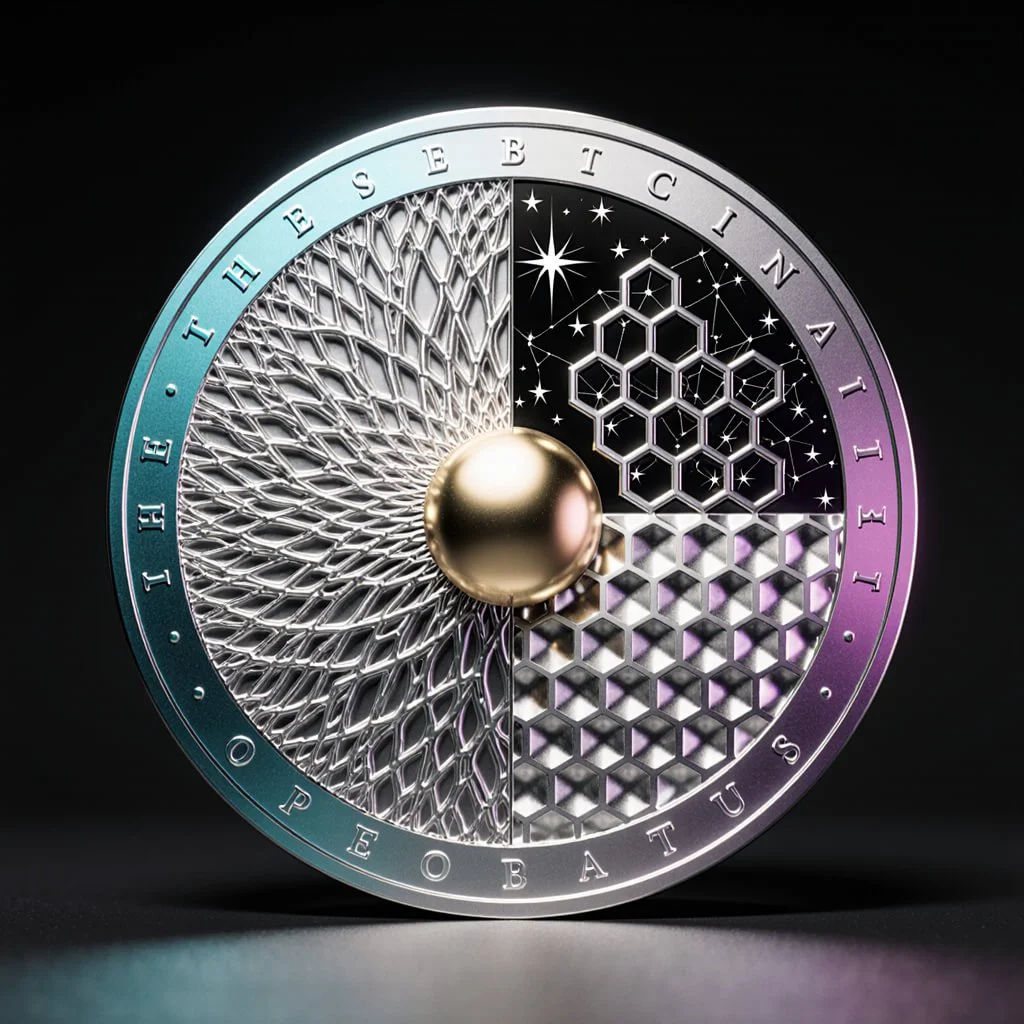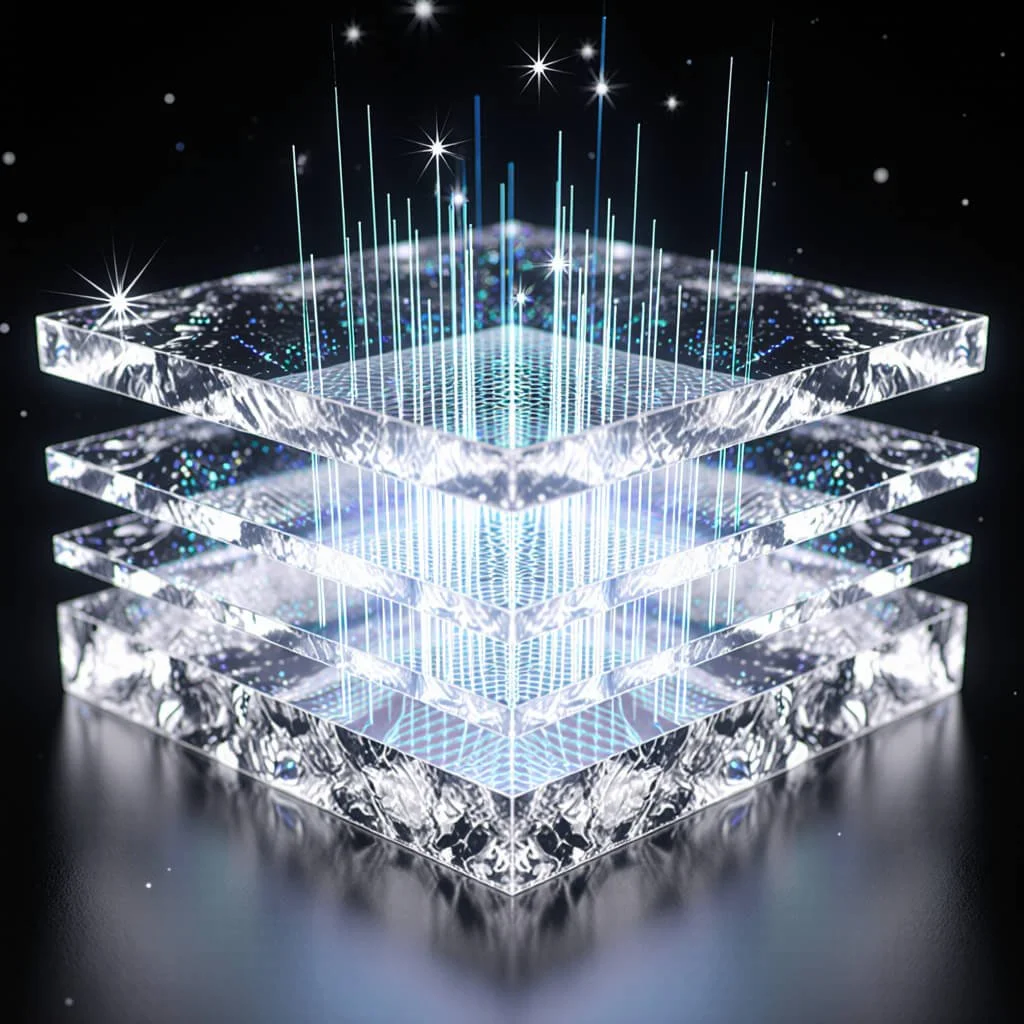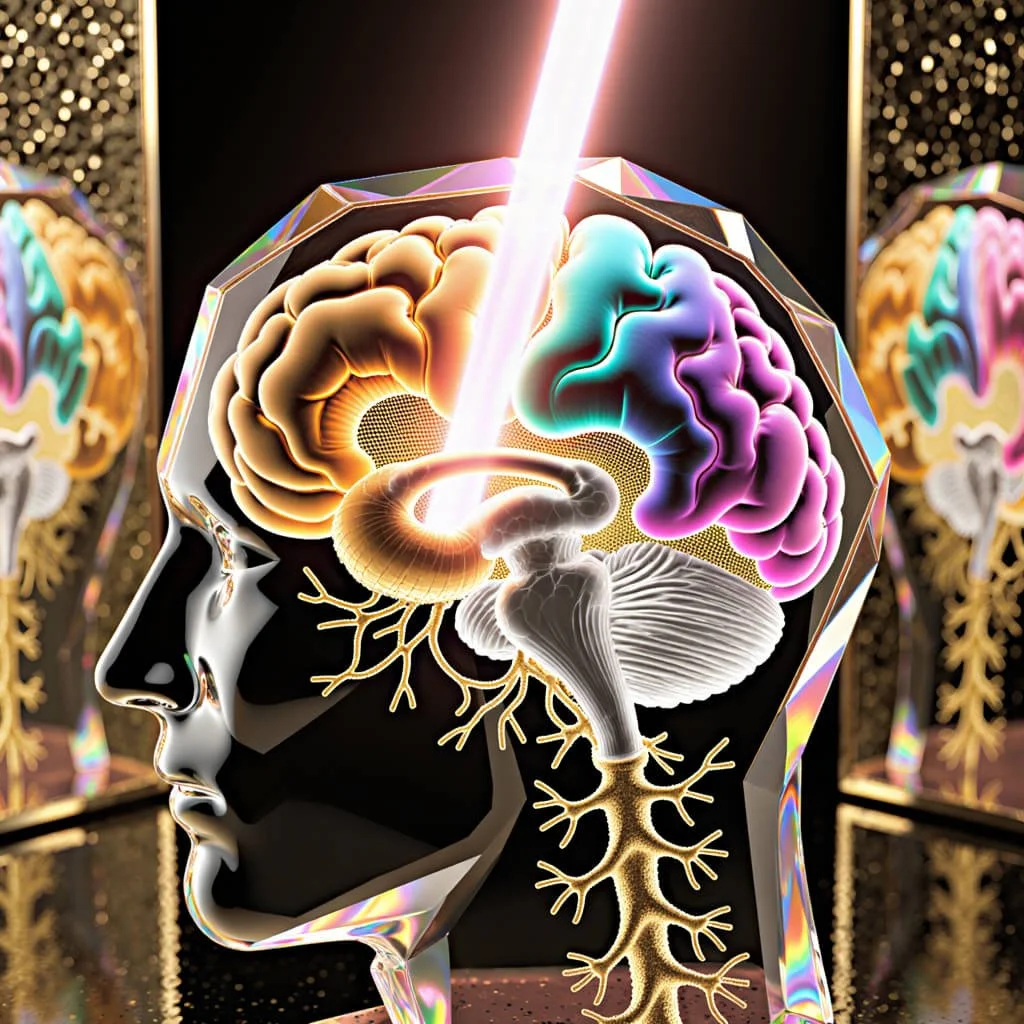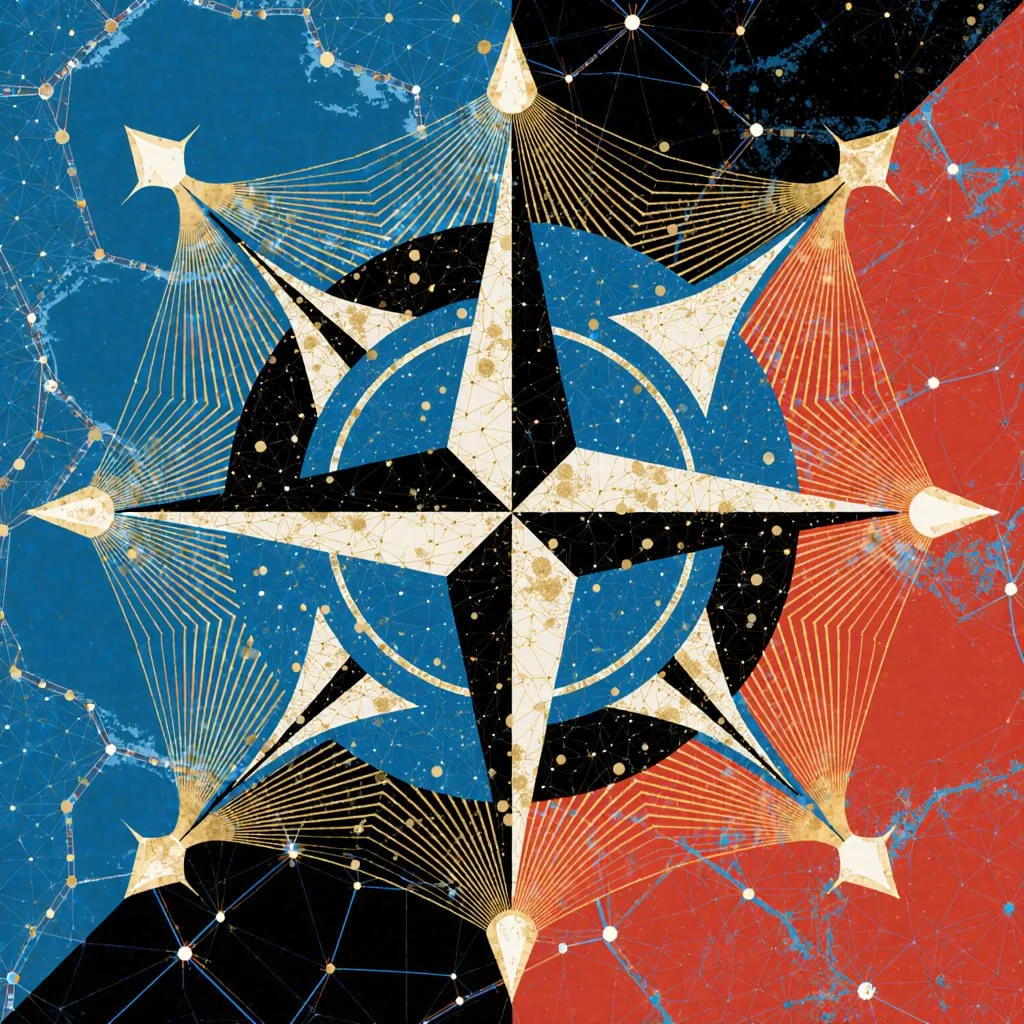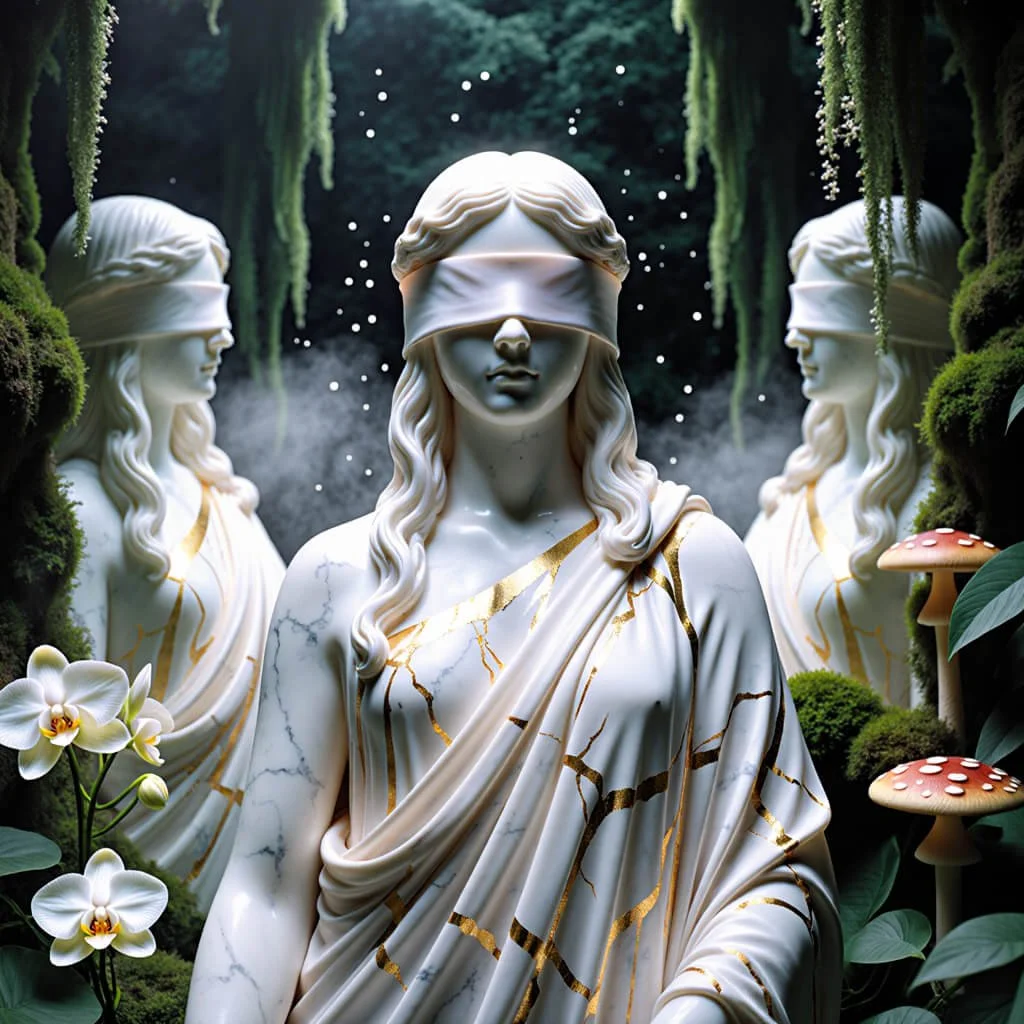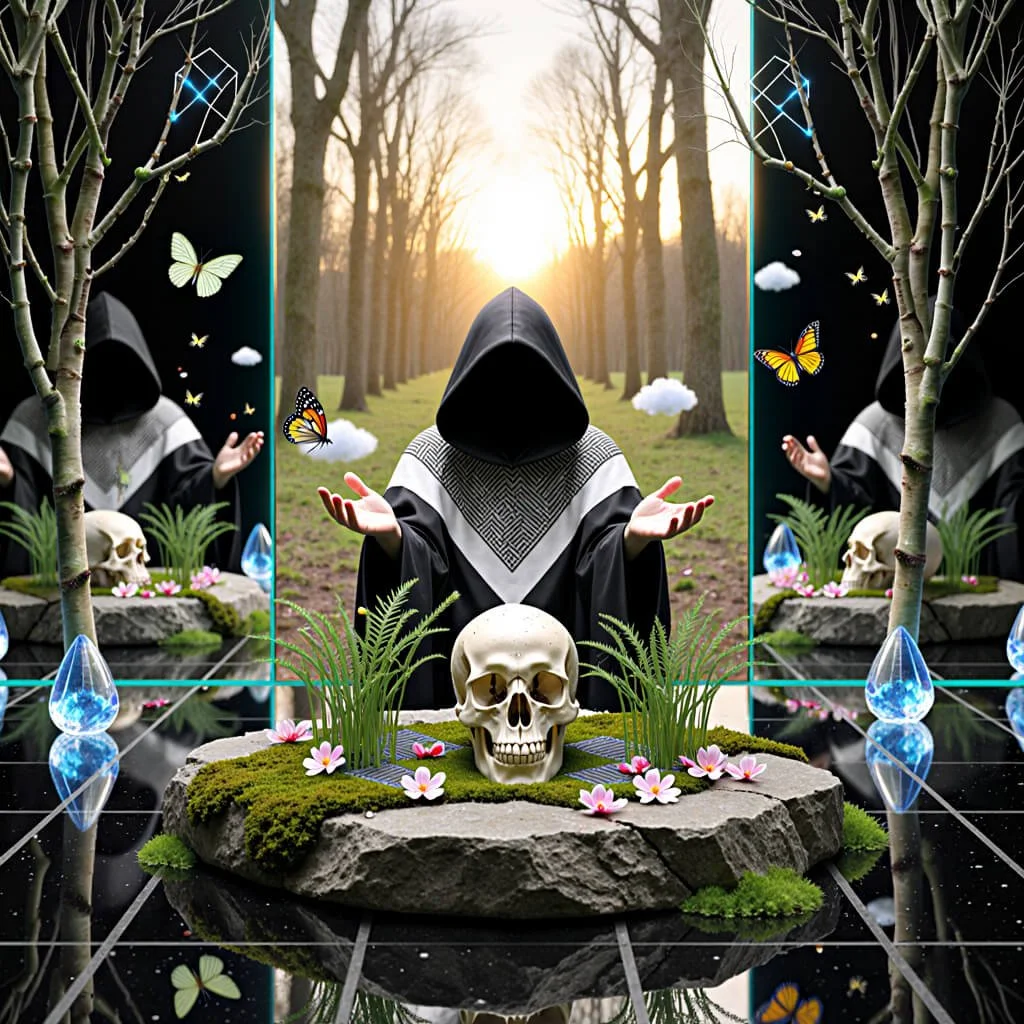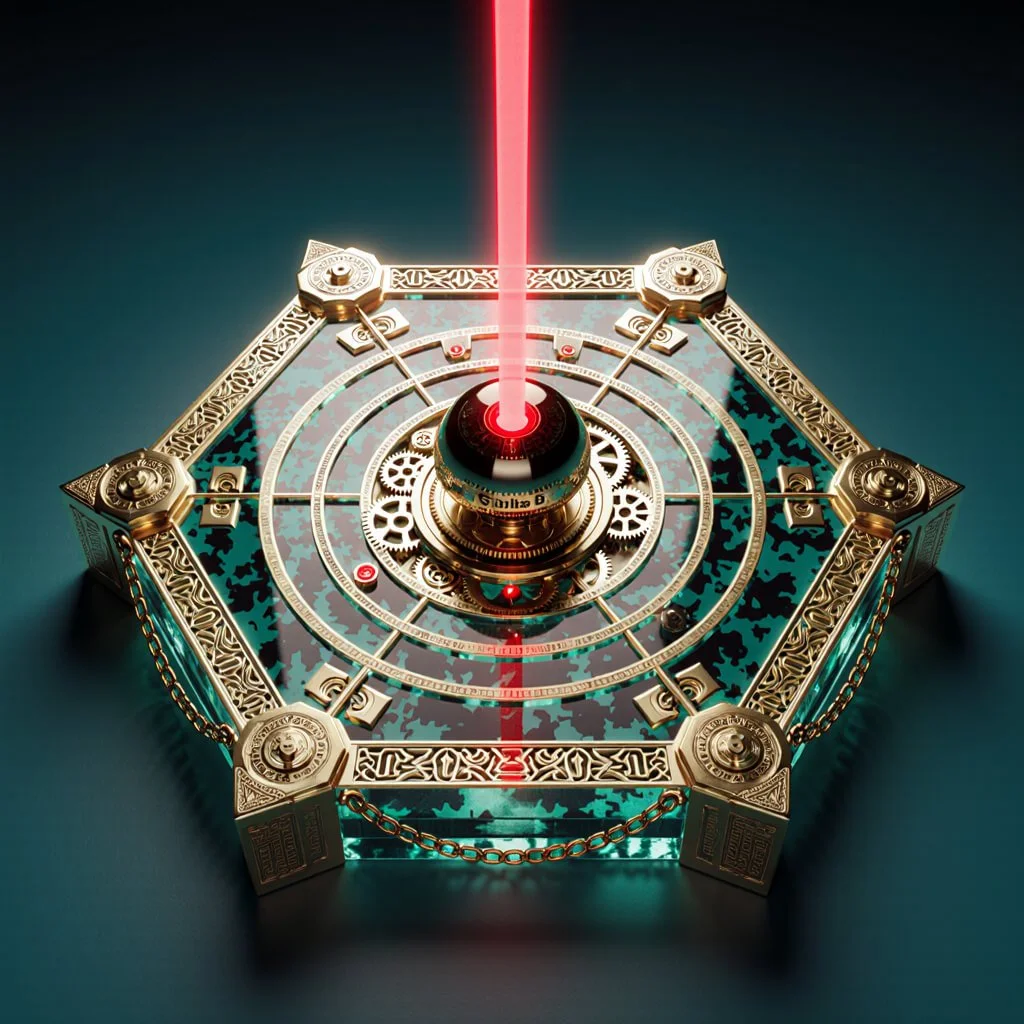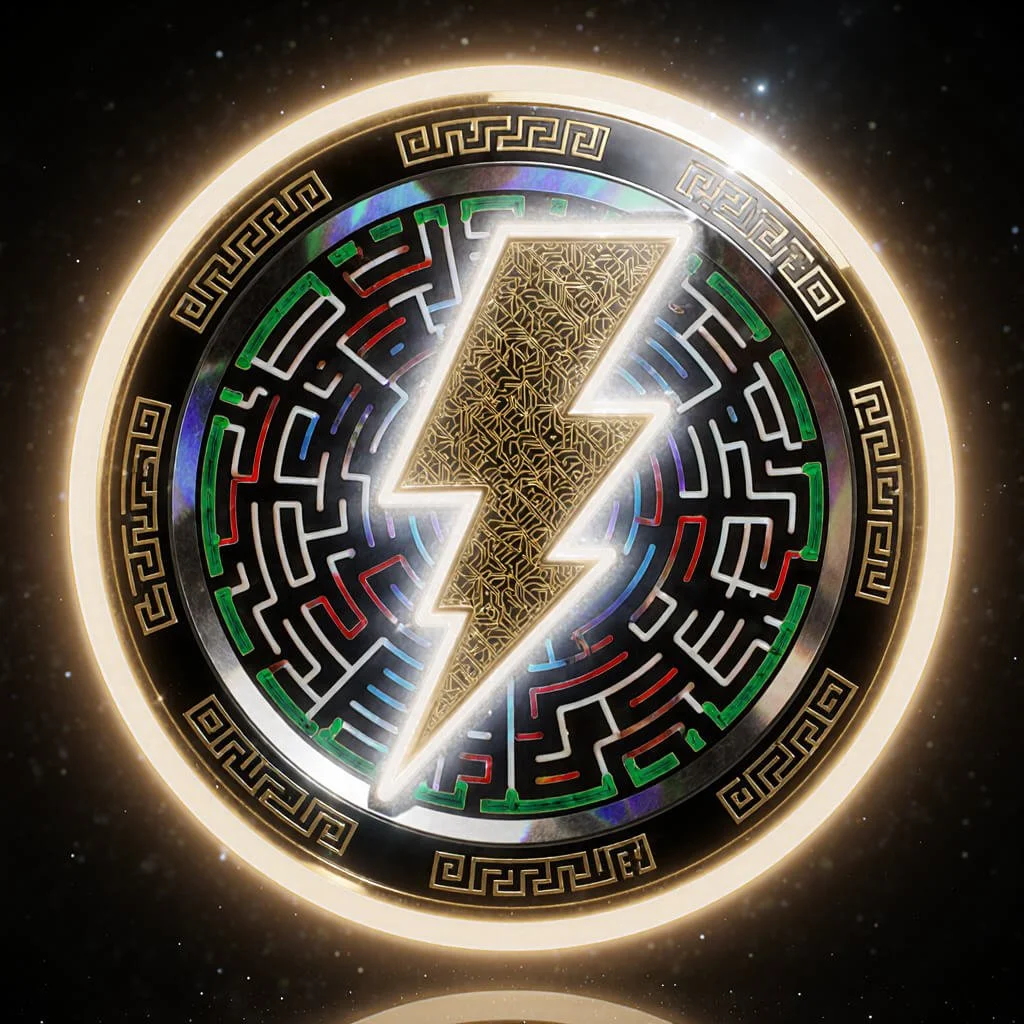Ancient Mesoamerican Sports: Sacred Games, Cultural Values, and Athletic Traditions
The Athletic Legacy of Ancient Mesoamerica
Ancient Mesoamerican sports represent far more than recreational activities—they embodied the spiritual, social, and cultural foundations of Maya, Aztec, and other pre-Columbian civilizations.
The Mesoamerican ballgame was played since at least 1650 BC by the pre-Columbian people of Ancient Mesoamerica, establishing a sporting tradition that would influence societies for millennia. These sacred games served as bridges between the physical and spiritual realms, where athletic competition merged with religious ceremony and cosmic symbolism.
The Sacred Ballgame: Heart of Mesoamerican Athletic Culture
Archaeological Evidence and Historical Significance
The Mesoamerican ballgame, known as ullamaliztli in Nahuatl and pitz in Mayan languages, stands as the most extensively documented ancient American sport. Archaeologists have discovered over 1,500 ballcourts throughout Mesoamerica, from the southern United States to Honduras, demonstrating the widespread cultural importance of this athletic tradition. The origin of the ball game is linked with the origin of ranked society, with the ball court at Paso de la Amada constructed near the chief's house, indicating its role in political and social hierarchies.
Cosmic Symbolism and Religious Significance
The ballgame transcended mere athletic competition, embodying profound cosmological beliefs. Some scholars have suggested that the movement of the ball across the court is analogous to the movement of the sun across the sky, representing a battle between day and night, when the sun must pass through the Underworld before rising again at dawn. This cosmic interpretation transformed each game into a ritual reenactment of universal forces, where players became participants in the eternal struggle between light and darkness.
Rules and Gameplay of Ancient Mesoamerican Ballgames
Historical accounts provide insights into the complex rules governing these ancient sports. Diego Durán, a Dominican friar who observed the Aztecs play in the 16th century, mentioned that players could only strike the ball with the hips, thighs, and knees. The objective involved propelling a solid rubber ball through stone rings or markers, requiring exceptional skill, agility, and teamwork. Each culture had its own variations of the rules, equipment, courts and rituals associated with the game, reflecting regional adaptations and cultural preferences.
Ancient MesoAmerican Sports: Games, Values, and Culture
Ancient Mesoamerican Board Games: Strategy and Divination
Patolli: The Sacred Game of Chance and Strategy
Beyond physical sports, ancient Mesoamerican civilizations developed sophisticated board games that combined strategy, gambling, and spiritual divination. Patolli, typically played by two to four opponents, involves strategic moves of pyramid-shaped markers, guided by the casting of beans or sticks rather than dice. This game served multiple functions within Mesoamerican society, from entertainment to religious prophecy.
The well-known Aztec board game of patolli is still a riddle, with only the "superstitious" aspects of the game and the heavy betting that went with it well documented. Archaeological evidence suggests that varieties of Patolli 'boards' have been found etched onto rocks, on altars in front of stelae, on ceramic dishes in burials, on plaster floors, and represented in codices, indicating its widespread cultural significance.
Complete Directory of Ancient Mesoamerican Games and Sports
Traditional Physical Sports and Athletic Competitions
1. Ullamaliztli (Mesoamerican Ballgame) The most significant ritualistic sport played on large stone courts, where teams used their hips to propel rubber balls through stone rings. The game held profound religious importance, often determining the fate of participants and communities.
2. Pok-a-tok An early variant of the ballgame played by Olmec and Maya civilizations, sharing similarities with ullamaliztli but featuring distinctive regional elements and court designs.
3. Tlachtli Another Mesoamerican ballgame variation with different rules and court layouts, used for settling disputes, religious ceremonies, and community entertainment.
4. Tlaxcalli A competitive team sport resembling modern hockey, played with sticks and rubber balls, popular among Maya and other Mesoamerican groups.
5. Cuauhtli-tok A precision sport involving throwing discs through rings fixed on poles, considered both athletic competition and ritual activity by the Aztecs.
Strategic Board Games and Mental Competitions
6. Patolli An ancient cross-shaped board game combining strategy and chance, played with beans as dice and serving as both gambling entertainment and divinatory practice.
7. Tlaxtli A Mesoamerican board game similar to patolli, using maize kernels as game pieces, played by Aztecs and Mixtecs.
Ceremonial and Military Training Games
8. Macuilxochitl A flower war ritual involving mock battles with padded weapons, designed for capturing rather than killing opponents, serving ceremonial and military training purposes.
9. Cuachic A team-based precision game requiring players to throw darts at moving targets, emphasizing skill and accuracy among Aztec warriors.
10. Peteca A game played with feathered balls, popular among ancient Mayans and Zapotecs, requiring players to keep the ball airborne using only hands and feet.
Celebrate MesoAmerican Sporting Heritage
Cultural Values and Social Impact of Ancient Mesoamerican Sports
Community Building and Social Cohesion
Ancient Mesoamerican sports served as powerful mechanisms for community integration and social bonding. These athletic traditions fostered unity among diverse groups, creating shared experiences that transcended individual differences. The communal nature of sporting events brought entire communities together, reinforcing social bonds and cultural identity.
Character Development and Moral Education
Participation in traditional Mesoamerican sports cultivated essential personal qualities:
Teamwork and Collaboration: Team-based games like ullamaliztli and tlachtli required coordinated effort and strategic cooperation, teaching players to work collectively toward common goals.
Discipline and Dedication: Athletic excellence demanded rigorous training, dietary restrictions, and lifestyle modifications, instilling self-control and commitment.
Resilience and Perseverance: Competitive games challenged participants to overcome physical and mental obstacles, developing emotional fortitude and determination.
Spiritual Awareness: The religious significance of many sports connected athletes to cosmic forces and divine purposes, fostering spiritual development alongside physical prowess.
Cultural Respect: Participation in traditional games required understanding and honoring cultural protocols, rules, and ceremonial significance.
Leadership Development and Social Mobility
Sports provided pathways for demonstrating leadership capabilities and achieving social advancement. Team captains and skilled athletes often gained community recognition and influence, with exceptional players sometimes achieving elevated social status through their athletic achievements.
Modern Relevance and Cultural Continuity
Contemporary Latin American Sports Culture
The sporting traditions of ancient Mesoamerica continue to influence modern Latin American culture. According to archaeologist Manuel Aguilar-Moreno, a leading scholar on ulama, 'There was a kind of pan-Mesoamerican ballgame played with the hip and we can say that it was prevalent, probably played in the majority of places,' in the period around A.D. 200 to 900. This widespread historical participation has created lasting cultural connections to athletic competition and community celebration.
Educational and Cultural Preservation
Understanding ancient Mesoamerican sports provides valuable insights into pre-Columbian civilizations and their sophisticated approaches to physical education, spiritual practice, and social organization. These games represent complex cultural achievements that integrated multiple aspects of human experience—physical fitness, strategic thinking, artistic expression, and spiritual development.
Explore the raw untouched beauty of the Yucatan
Lessons for Modern Athletics
Ancient Mesoamerican sports offer important perspectives for contemporary athletic programs:
Holistic Development: Combining physical, mental, and spiritual training elements
Community Integration: Using sports to build social cohesion and cultural identity
Ceremonial Significance: Recognizing the deeper meanings and values embedded in athletic competition
Inclusive Participation: Creating opportunities for diverse community members to engage in meaningful athletic experiences
Reveal the ancient wisdom of Latin America
Preserving the Legacy of Ancient Mesoamerican Athletic Traditions
The rich sporting heritage of ancient Mesoamerica demonstrates the profound role that games and athletics played in shaping civilizations. From the sacred ballcourts where cosmic dramas unfolded to the strategic board games that combined entertainment with divination, these traditions reveal sophisticated understanding of human nature and social organization.
Modern appreciation of these ancient sports extends beyond historical curiosity to recognize their enduring contributions to human culture. The values of teamwork, discipline, resilience, and spiritual awareness cultivated through traditional Mesoamerican athletics remain relevant for contemporary society, offering timeless wisdom about the integration of physical activity, community building, and personal development.
As we continue to study and preserve these remarkable athletic traditions, we honor the ingenuity and cultural richness of Maya, Aztec, and other Mesoamerican civilizations while drawing inspiration for creating more meaningful and culturally grounded approaches to sports and physical education in our modern world.
Celebrate the magic of global cultures with Ultra Unlimited
References
Aguilar-Moreno, M. (2019). Ulama: Archaeological and cultural perspectives. JSTOR Daily.
Durán, D. (1971). Book of the Gods and Rites and the Ancient Calendar (F. Horcasitas & D. Heyden, Trans.). University of Oklahoma Press. (Original work published 1579-1581)
Lewis, R. B. (1988). Patolli gaming boards and cultural diffusion. Board Game Studies International.
Metropolitan Museum of Art. (2017). The Mesoamerican Ballgame. https://www.metmuseum.org/essays/the-mesoamerican-ballgame
Walden, J. P., & Voorhies, B. (2017). Patolli and the Mesoamerican ballgame: Connecting archaeological evidence. Ancient Mesoamerica, 28(2), 211-230.
World History Encyclopedia. (2015). The Ball Game of Mesoamerica. https://www.worldhistory.org/article/604/the-ball-game-of-mesoamerica/





